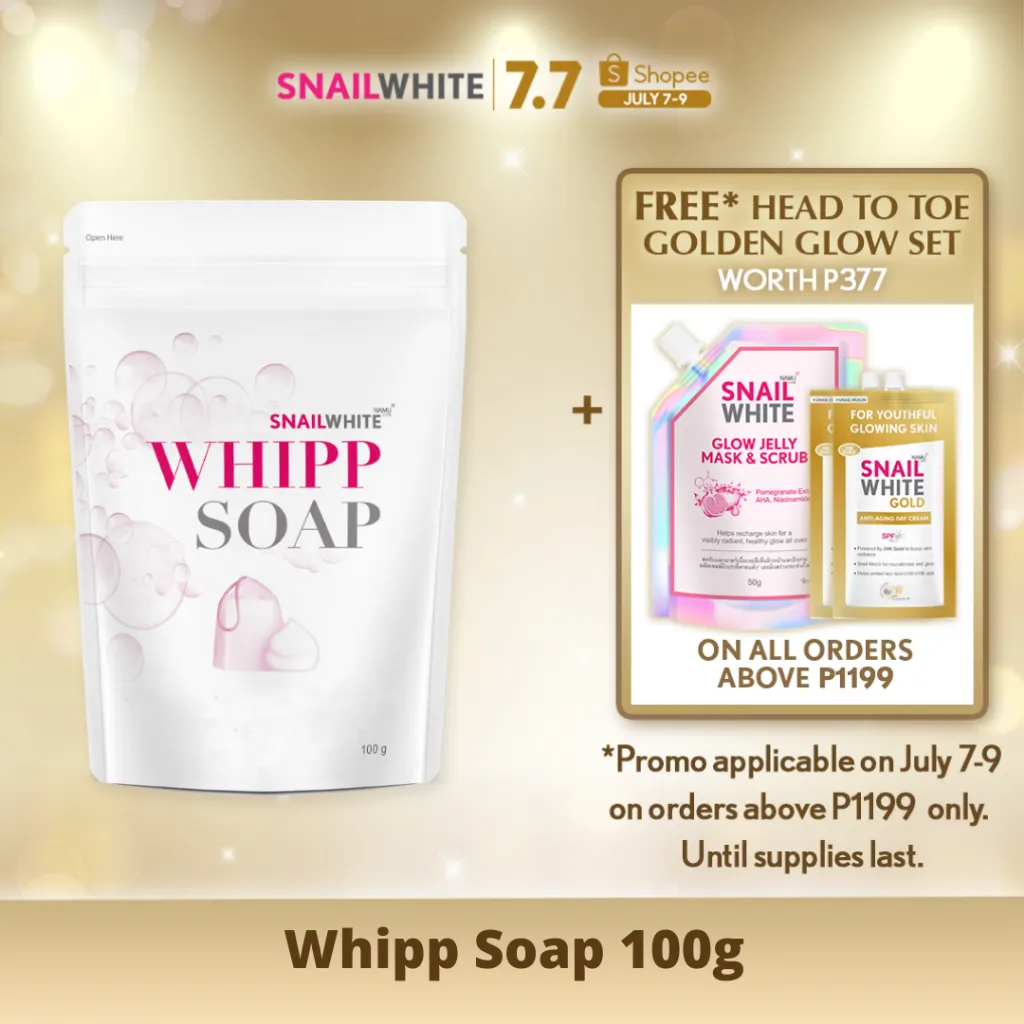The Rising Popularity of Baby Whitening Soap in the Philippines
In the Philippines, the market for baby care products is constantly evolving, with parents always seeking the best for their children. One trend that has gained considerable traction is the use of baby whitening soap. This is driven by a variety of factors, including cultural preferences for lighter skin tones and the desire to address perceived skin imperfections. The warm climate and exposure to the sun can also lead to uneven skin tones, making whitening products seem appealing. However, it’s crucial to understand the safety and efficacy of these products before incorporating them into a baby’s skincare routine. Parents must be well-informed about the ingredients, potential risks, and the importance of consulting with healthcare professionals. The demand for such products necessitates a closer look at what they contain and how they impact a baby’s delicate skin.
Understanding the Ingredients in Baby Whitening Soap
When it comes to baby whitening soap, the ingredients list is the most critical aspect to consider. Many products contain various compounds aimed at lightening the skin, but not all are created equal in terms of safety and effectiveness. Some ingredients can be harsh, causing irritation, allergic reactions, or long-term health issues. It is the parent’s responsibility to carefully evaluate the product’s composition, understanding what each ingredient does and whether it is suitable for a baby’s sensitive skin. Educating oneself about the potential benefits and risks associated with these ingredients will help parents make informed choices, ensuring the well-being of their children. The label should provide a detailed breakdown of each ingredient, their concentrations, and potential side effects.
Common Ingredients to Avoid
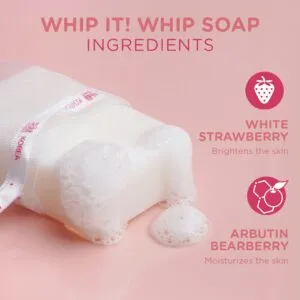
Several ingredients are best avoided in baby whitening soap due to their potential for harm. Hydroquinone, a potent skin-lightening agent, can cause skin irritation, ochronosis (a darkening of the skin), and is not recommended for use on babies. Mercury, sometimes found in whitening products, is highly toxic and can lead to serious health complications, including neurological damage. Steroids, another category of ingredients, may offer quick results but can cause skin thinning, stretch marks, and other side effects with prolonged use. Parabens and sulfates are also compounds to steer clear of; these can irritate the skin. When choosing a baby whitening soap, it’s vital to check the ingredients list and opt for products free from these potentially harmful substances, prioritizing the health and safety of the baby.
Safe and Effective Whitening Agents
Fortunately, there are safe and effective alternatives to harsh chemicals that can be used in baby whitening soap. Ingredients such as alpha-arbutin, derived from bearberry plants, are known to inhibit melanin production, potentially lightening the skin without significant side effects. Niacinamide, a form of vitamin B3, can improve skin tone and texture while reducing inflammation. Vitamin C, a powerful antioxidant, can help brighten the skin and protect it from environmental damage. When looking for baby whitening soap, consider products that feature these safer ingredients, alongside gentle, moisturizing components like shea butter, aloe vera, and glycerin. Always prioritize ingredients that are hypoallergenic, gentle, and suitable for the baby’s sensitive skin, making it easier to ensure the safety and effectiveness of the product.
Top 7 Facts about Baby Whitening Soap in the Philippines
Fact 1 Understanding Skin Sensitivity of Babies
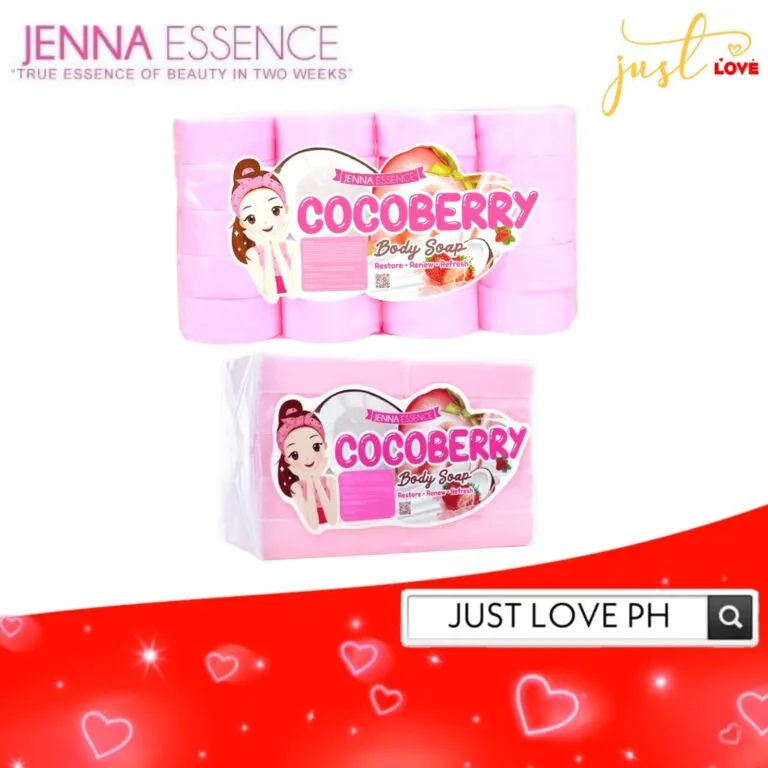
A baby’s skin is significantly more delicate than that of an adult, making it highly susceptible to irritation and damage. The skin barrier is not fully developed, making it easier for substances to penetrate and cause adverse reactions. Furthermore, babies’ skin is prone to dryness, making it even more vulnerable to external factors. Parents need to understand these sensitivities when choosing skincare products, opting for mild, hypoallergenic formulations specifically designed for infants. Avoiding harsh chemicals, fragrances, and potential allergens is essential to prevent irritation, rashes, and other skin issues. Proper understanding and care are crucial for protecting a baby’s skin, promoting healthy development, and preventing unnecessary discomfort. This includes knowing how to properly moisturize, protect from the sun, and identify early signs of skin problems.
Fact 2 The Importance of Patch Testing
Before applying any new product, especially a baby whitening soap, conducting a patch test is crucial. Apply a small amount of the product to a discreet area of the baby’s skin, such as the inner arm, and observe for any signs of reaction for 24-48 hours. This is a simple yet effective way to assess the baby’s tolerance to the ingredients. Look for redness, itching, swelling, or any other unusual skin changes. If any adverse reaction occurs, discontinue use immediately. Even if the patch test appears safe, monitor the baby for any signs of sensitivity during regular use. This preventive measure minimizes the risk of widespread skin irritation or allergic reactions, protecting the baby’s sensitive skin from harm. The patch test ensures the safety of the baby, helping parents identify any potential issues early on.
Fact 3 The Role of Sun Protection
Sun protection is a non-negotiable aspect of baby skincare, especially in the Philippines, where sun exposure is high. The sun’s harmful UV rays can damage the skin, leading to sunburn, premature aging, and even an increased risk of skin cancer later in life. For babies, sunscreen with a high SPF (30 or higher) and broad-spectrum protection is essential. However, sunscreen should only be used on areas of skin that are exposed and should not be used on babies under 6 months old. Always use other methods of sun protection, like protective clothing, hats, and seeking shade during peak sun hours. Combining these measures will protect the baby’s delicate skin. Regular and appropriate sun protection is critical in maintaining healthy skin and preventing potential damage from the sun’s rays. Always consult with a pediatrician or a dermatologist for more sun protection tips.
Fact 4 Natural vs Chemical Ingredients
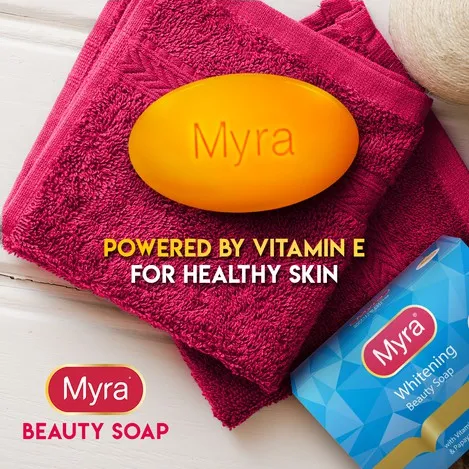
When selecting a baby whitening soap, parents often face the dilemma of choosing between natural and chemical ingredients. Natural ingredients, such as plant extracts and essential oils, are often perceived as safer and gentler, and may offer skin-soothing properties. However, some natural ingredients can still cause allergic reactions or irritation. Chemical ingredients, on the other hand, are often more effective at achieving specific results, but might pose greater risks due to their potential for toxicity or side effects. The best approach is to carefully evaluate the ingredients of each product, regardless of their origin. Always look for evidence-based research to ensure that natural ingredients do not contain known allergens or harmful compounds. Look for reputable brands that are transparent about their ingredients and provide scientific evidence supporting the safety of their formulas.
Fact 5 Identifying Skin Reactions
It is important to recognize the signs of skin reactions when using baby whitening soap or any new skincare product. Common symptoms include redness, itching, swelling, and the formation of rashes or bumps. Babies may also show signs of discomfort, such as fussiness, crying, or difficulty sleeping. If any of these reactions occur, discontinue use immediately and wash the affected area with lukewarm water. It is wise to consult a pediatrician or a dermatologist to diagnose and treat the skin condition. Ignoring or misinterpreting these signs can lead to prolonged discomfort or even more serious skin problems. Always be observant and responsive to any changes in a baby’s skin, acting promptly to ensure the baby’s health and well-being. Detailed record-keeping of product use and any observed skin changes can also assist in identifying potential triggers and aiding in treatment.
Fact 6 Consulting a Pediatrician or Dermatologist
Before incorporating baby whitening soap into a baby’s skincare routine, consulting with a pediatrician or a dermatologist is highly advisable. These healthcare professionals can offer expert advice based on a baby’s individual skin type, condition, and potential sensitivities. They can provide information about the safest and most effective products and ingredients, as well as evaluate the baby’s skin for any existing issues. They can also provide guidance on how to properly use these products and monitor the baby’s skin for any adverse reactions. Their advice can help parents navigate the complexities of baby skincare, minimizing risks and ensuring optimal skin health. Regular check-ups and consultations with medical professionals help parents make informed decisions about the products they use on their children.
Fact 7 Regulatory Standards and Safety
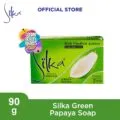
Regulatory standards play a critical role in ensuring the safety of baby whitening soaps available in the Philippines. The Food and Drug Administration (FDA) is responsible for regulating cosmetic products, including baby skincare items. Look for FDA-approved products, as these have undergone evaluation to verify their safety and compliance with quality standards. Be aware that the absence of FDA approval does not automatically mean a product is unsafe, but it does indicate that it has not been evaluated by the agency. Parents should always read product labels, check the ingredients, and research the manufacturer’s reputation. Being knowledgeable and aware of regulatory guidelines helps parents make informed decisions and choose products that are safe for their babies. Prioritize products from trusted brands with a reputation for high-quality and adherence to safety standards.
Choosing the Right Baby Whitening Soap
Reading Labels and Understanding Ingredients
Carefully reading and comprehending product labels is the first step in choosing the right baby whitening soap. The ingredients list is a treasure trove of information, providing insight into the product’s composition. Familiarize yourself with common terms and abbreviations used, and look for ingredients that are gentle, hypoallergenic, and specifically designed for baby skin. Avoid products with harsh chemicals, artificial fragrances, and known allergens. Pay attention to the order of ingredients, as those listed higher up typically have a greater concentration. If any ingredient is unclear, do some research or consult with a dermatologist. Prioritize products that are transparent about their ingredients and clearly indicate their purpose. Detailed label information is crucial for informed decision-making.
Considering Skin Type and Sensitivity
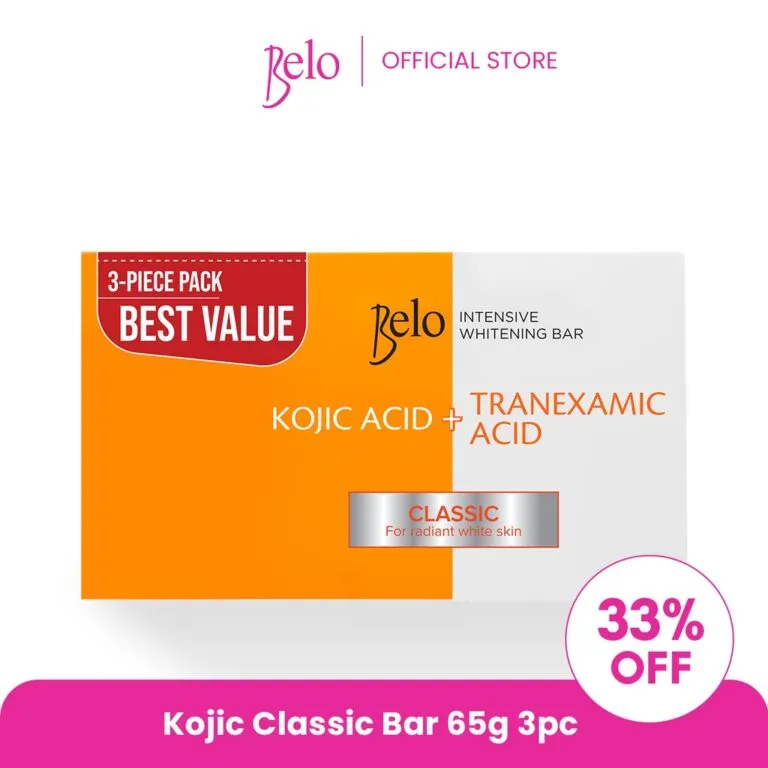
Every baby’s skin is unique, with varying levels of sensitivity. Some babies may have dry skin, while others may be prone to eczema or other skin conditions. It’s essential to consider the baby’s skin type when choosing a whitening soap, opting for formulas that cater to their specific needs. For babies with dry skin, choose soaps that contain moisturizing ingredients, such as shea butter, glycerin, or natural oils. If the baby has sensitive skin, look for hypoallergenic and fragrance-free products to minimize the risk of irritation. Always prioritize products that are specifically designed for babies, as these tend to be milder and less likely to cause adverse reactions. Observe how the soap interacts with the baby’s skin and adjust your choice as necessary, based on the baby’s unique needs and skin condition.
Evaluating Brand Reputation and Reviews
Brand reputation and customer reviews can provide valuable insights into the effectiveness and safety of baby whitening soap. Research different brands and read online reviews from other parents. See how these soaps have performed for other babies. Look for brands known for their commitment to quality, safety, and transparency. Check the brand’s website for information about their ingredients, manufacturing processes, and any certifications they may have. Customer reviews can highlight potential issues, such as skin reactions or product effectiveness. However, take online reviews with a grain of salt, understanding that individual experiences may vary. Overall, the brand’s reputation, combined with reviews, can help you make a more informed decision.
Alternatives to Baby Whitening Soap
Gentle Cleansers and Moisturizers
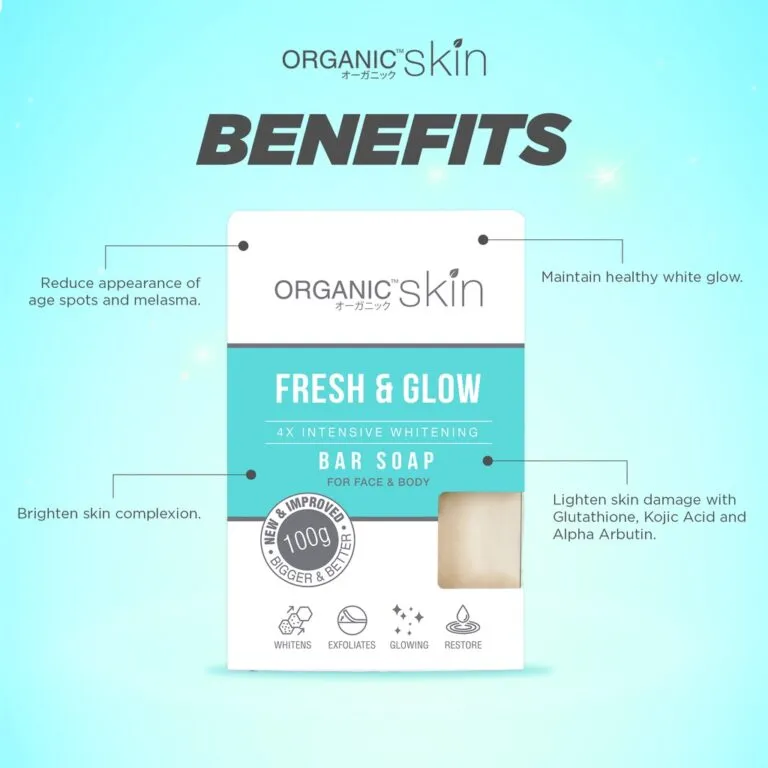
Instead of using whitening soaps, parents can opt for gentle cleansers and moisturizers that are specifically designed for babies. Mild, fragrance-free soaps or cleansers with a pH-balanced formula can cleanse a baby’s skin without stripping away its natural oils. Following up with a baby-friendly moisturizer helps to hydrate the skin and maintain its protective barrier. Look for products that contain ingredients like ceramides, which help to reinforce the skin’s natural defenses, or humectants, such as glycerin, which attract moisture. Regular use of these gentle alternatives can maintain healthy skin, reduce dryness, and prevent irritation, supporting overall skin health without the potential risks associated with whitening agents. Choosing these products emphasizes the baby’s well-being.
Natural Brightening Methods
Some parents may explore natural brightening methods to address skin concerns, though it is essential to proceed with caution. These methods can involve the use of natural ingredients known for their potential skin-lightening properties. However, because a baby’s skin is so delicate, consult with a dermatologist before using any natural remedies, and never apply them without professional advice. Always perform a patch test. Avoid using ingredients like lemon juice or other acidic substances, which can irritate the skin. Focus instead on maintaining good skin health through proper hygiene and sun protection. Regular use of gentle cleansers, moisturizers, and sun protection can promote a healthy complexion. Prioritizing safe and dermatologist-approved methods ensures the best results for a baby’s skin, ensuring that the skin is safe and healthy.
The Bottom Line on Baby Whitening Soap
In conclusion, while the desire for baby whitening soap may be driven by cultural preferences, parents in the Philippines must prioritize safety above all else. Understanding the ingredients, avoiding harsh chemicals, and consulting with healthcare professionals are essential steps in deciding whether to use these products. Emphasizing gentle cleansers, moisturizers, and effective sun protection can maintain healthy skin. Remember that a baby’s skin is extremely sensitive, so it requires careful attention and care. Making informed choices, prioritizing safety, and seeking expert guidance will ensure a baby’s skin remains healthy and well-cared for, fostering both physical health and emotional well-being. The key is to focus on methods that are safe, gentle, and proven effective for baby skin.
